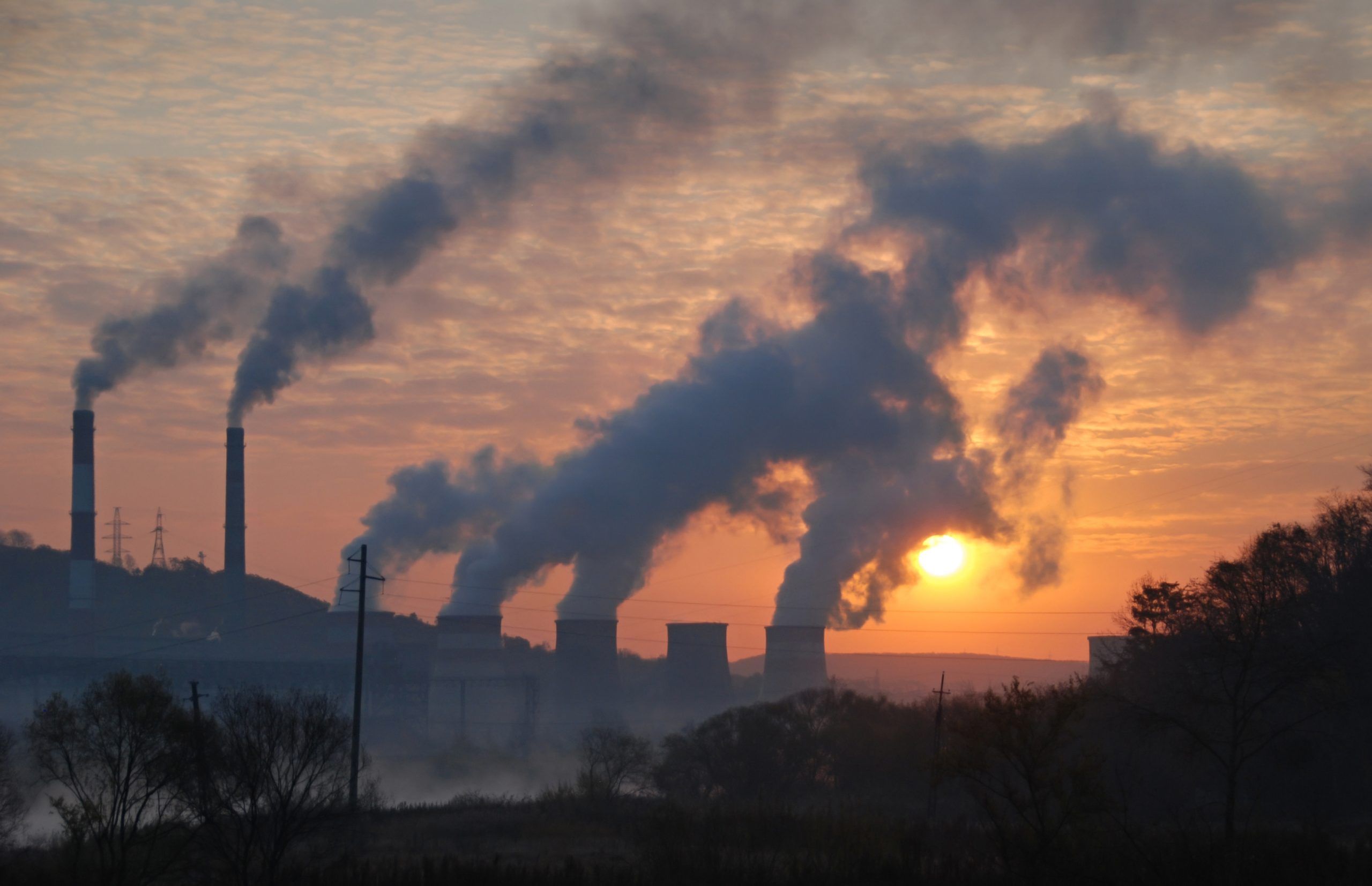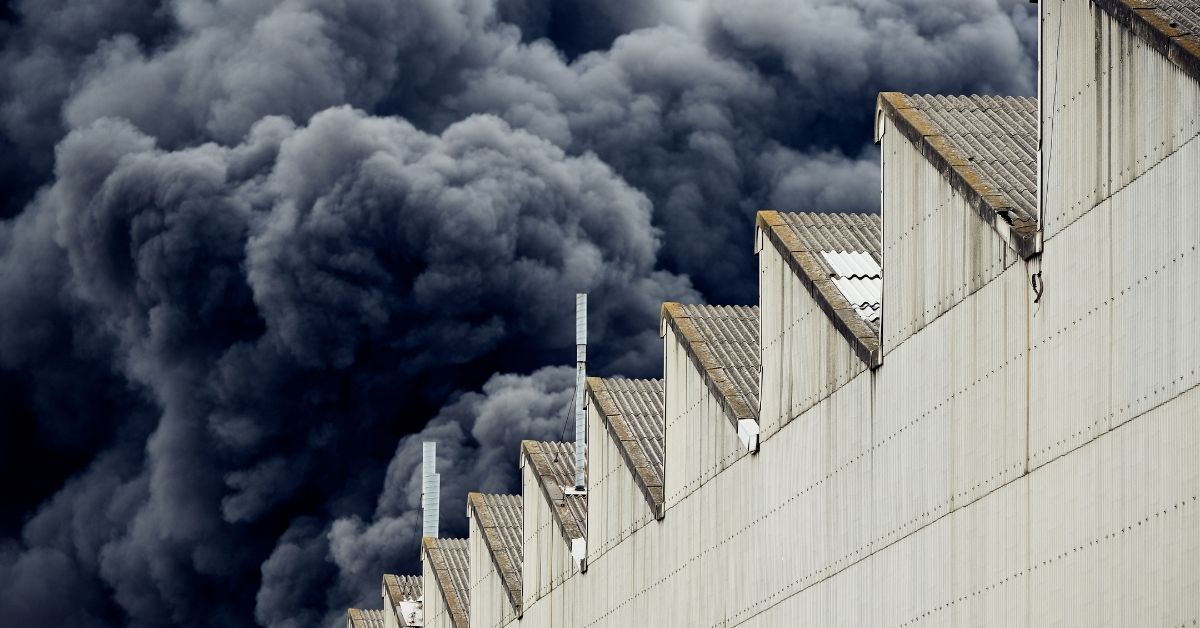We have long been aware of the dangers that air pollution poses to our physical health – from reduced lung function to an increased likelihood of autism. In fact, doctors from Brigham and Women’s Hospital and Harvard Medical School in Boston published evidence that living near a busy road, and therefore subject to increased exposure to air pollution, can be as dangerous to your health as smoking. Now, researchers have published a study which give reason to believe that there may be a link between a short-term increase in exposure to air pollution and suicide. This is the first evidence of its kind to suggest that living in a city with smog could potentially connect to a person’s decision to end their life.
Researchers from the University of Utah found an increase in suicide in Salt Lake City following a short-term increase in exposure to air pollution with nitrogen dioxide and particulate matter less than 2.5 micrometers in diameter (PM2.5). Nitrogen dioxide is a byproduct of fuels combusting at high temperatures. It’s typically caused by motor vehicles or electric utilities and it’s known to increase emergency room visits for asthma patients. PM2.5, also known as fine particles, includes dust, dirt, smoke, and soot. They are in the atmosphere due to both manmade and natural sources. Short term exposure to PM2.5 has been shown to cause a variety of health problems ranging from coughing to shortness of breath. In other words, both nitrogen dioxide and PM2.5 are common pollutants which can be extremely harmful. This new information demonstrates that an increase in exposure for just several days could perhaps have a more serious impact than anyone could have guessed.
The research team looked at over 1,500 suicides in the Salt Lake County from 2000 to 2010. They found that there were 20% more suicides when people were exposed to higher levels of nitrogen dioxide for two to three days prior to their deaths. People exposed to higher amounts of PM2.5 were 5% more likely to commit suicide. Men were particularly susceptible to these factors with a 25% increase as a result of nitrogen dioxide exposure and a 6% increase of PM2.5 exposure.
The researchers made it clear that air pollution does not cause anyone to take their own life. Instead, they believe that there is a relationship between air pollution and suicide which they plan to study further.
This is just one more example of the ways in which air quality is extremely important to health. Contaminants in the outside air are mostly out of our control and it may not be possible for you to move to an area with less traffic or other contributors to air pollution. But you can control the indoor air quality (IAQ) of your own home by making sure it is properly ventilated (especially in winter), using furniture made from materials which won’t off-gas, and installing a medical grade air purifier with Certified HEPA Material.
If you or anyone you know is having suicidal thoughts – please don’t delay in seeking help. You can contact the American Foundation for Suicide Prevention to find a local chapter near you or call the National Suicide Prevention Lifeline (1-800-273-TALK) for help right away.



